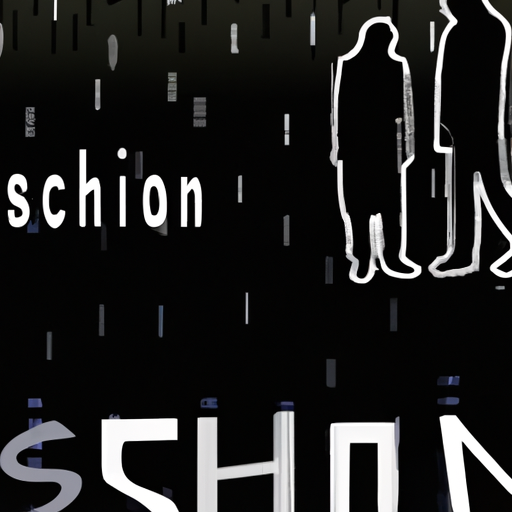Deep Dive Into the Canadian Opioid Crisis: Unraveling The Connection Between Substance Misuse and Criminal Activities
The Canadian opioid crisis continues to bring forth unsettling details. Recent news focused on not only the harrowing effects of opioid addiction but also its catastrophic ramifications, which expand beyond health and have engrossed the crime world. This post will delve into a recent article by CTV News Atlantic that outlines the arrest of a man in Nova Scotia on child pornography charges.
Unraveling the Connection
The opioid crisis has taken dire turns, leading to an alimented level of crime rates. Public safety concerns have skyrocketed as areas affected by the crisis have noticed a significant surge in crime, including drug-dealing, theft, and other related illicit activities. But what this news story reveals is an unnerving aspect of the opioid crisis that has not been largely explored – the illicit exploitation of the vulnerable, in this case, minors.
The connection between drug addiction and crime isn’t novel. Numerous studies report an alarming percentage of convicted offenders are under the influence of drugs at the time of their offense. The opioid crisis in Canada has further amplified this correlation.
Opioid Crisis – Key Concerns
- Involvement in drug-dealing
- Increased theft and assault rates
- Illicit exploitation of vulnerable segments
- Spike in child pornography cases
The Effects of the Opioid Crisis
It goes without saying that the opioid crisis markedly affects individual health along with the healthcare system. However, its societal effects are equally profound, infiltrating aspects of human life including housing, employment, public safety, and community infrastructure. Homelessness, crime rates, and rampant exploitation have spiked in correlation to the rise of the opioid crisis.
The Humanitarian Approach: Naloxone Training and Distribution
To combat the growing opioid crisis, various initiatives have been undertaken. One such effective response is the widespread distribution and training on the use of naloxone. Available as an injectable or nasal spray, naloxone is a life-saving drug that can temporarily reverse an opioid overdose until professional medical help arrives.
Several organizations and public health sectors across Canada are implementing naloxone training sessions open to the public. They are also distributing free naloxone kits to individuals who are at risk of an opioid overdose or may witness one, such as friends and family members.
Opioid Class Action: Bankruptcy and Litigation
The opioid crisis has not just been a public health concern, but has also resulted in unprecedented legal actions. The opioid class action comprising patients, communities, and governments that have suffered due to opioid crisis are seeking reparations for their losses. This has led various opioid manufacturers and distributors to face immense legal pressures culminating into potential bankruptcies and settlements.
Concluding Thoughts
The crippling impacts of the opioid crisis are far-reaching, affecting not just individual health but also societal structures, safety, and welfare. The correlation between drug addiction and crime, as highlighted in the recent Nova Scotia case, is alarming and requires timely intervention.
In these challenging times, it’s becomes crucial to approach the issue from both a legal and humanitarian perspective, offering aid through effective measures like naloxone distribution, homeless aid initiatives, and legal actions such as the opioid class action. One thing is clear – collective, coordinated efforts are needed to decisively tackle the complexities of this crisis and protect the most vulnerable in our communities.
